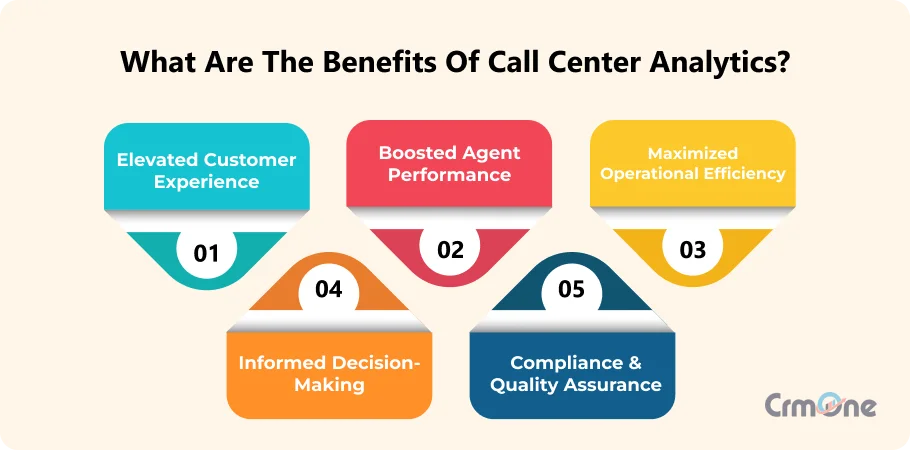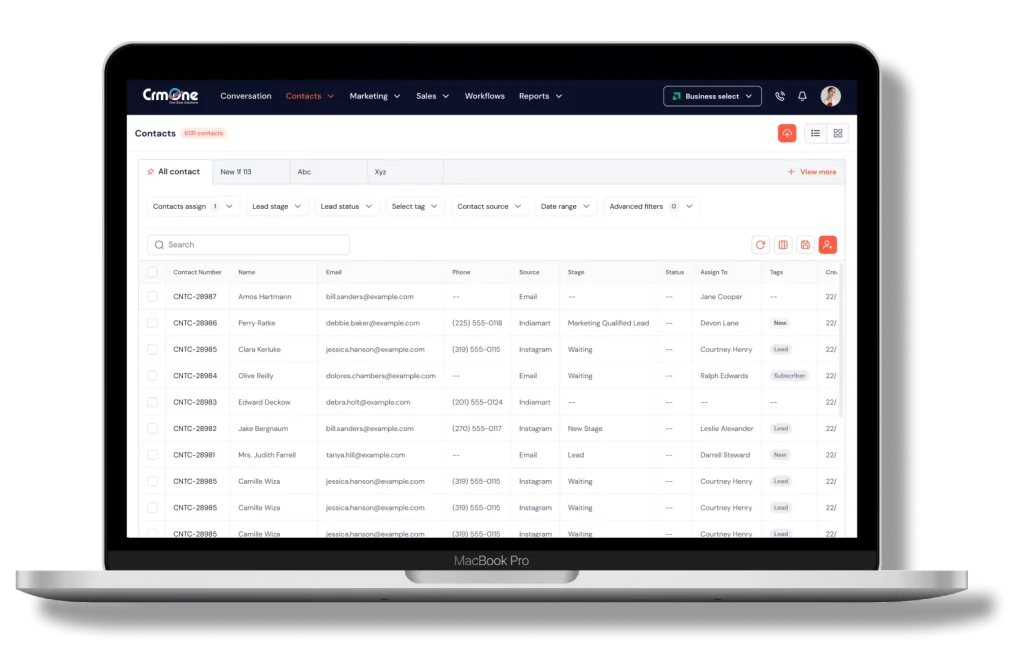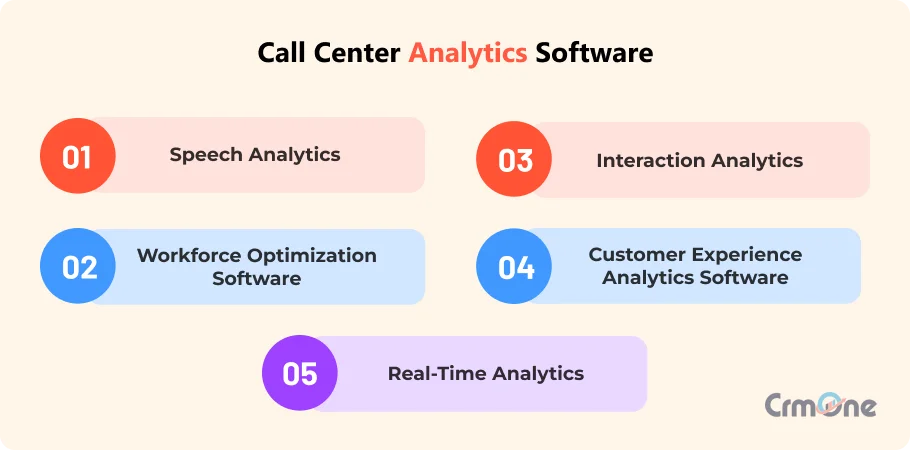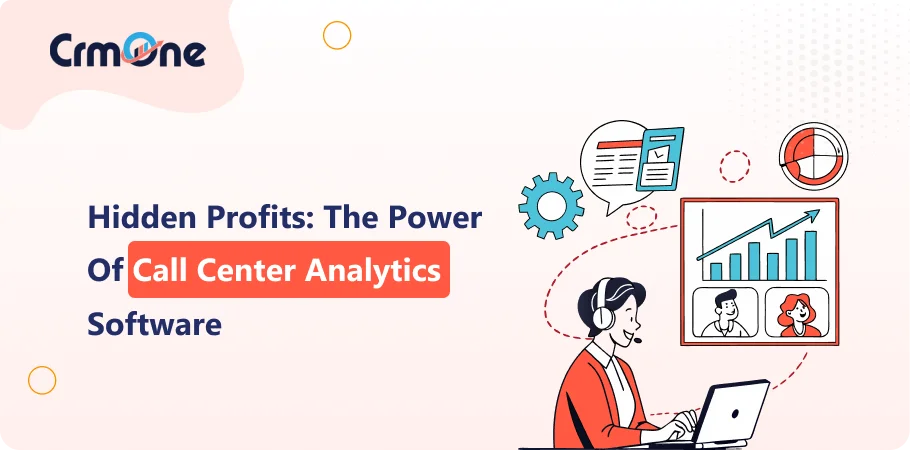Around 65% of call centers have already implemented chatbots to manage essential customer service functions. Call Center Analytics Software is a miracle that uses technological tools to help organizations analyze and interpret the data points collected from customer interactions with call centers.
You can quickly gain key insights into customer behavior, agent performance, and operational efficiency, which improves customer service and drives growth. You can also learn the average call duration, Call abandonment rate, First call resolution, and Customer satisfaction scores.
We are all aware of the continuous digitalization that has been happening in every business. E-commerce companies require a full-functional Call center team. However, over time, they have faced many challenges.
Managing the massive volume of data from various sources can lead to many mistakes and even be a static burden. Handling sensitive customer information raises privacy concerns. Employees may require extensive training to utilize the analytics tools and initial investment costs for advanced predictive analytics solutions.
Call Center Analytics Software can integrate easily with your system and address these problems. It provides a unified view of customer interactions by simplifying data management and upgrading analysis capability.
It can help you identify areas where agents need improvement so that targeted training programs can be organized. Agents are equipped to take phone calls and handle inquiries effectively, improving FCR rates and service quality.
Benefits of using Call Center Analytics Software

1. Smooth Operations
This contact center analytics software improves operations accuracy. They minimize call volumes and expedite processes. Analytics can identify patterns in call data that help call center managers reduce average handling times by up to 25%.
It leads to lower operational costs and allows agents to resolve customer issues quickly. It increases productivity and service delivery. Every employee can have an internal discussion about customer feedback and handling customers, which will help the team grow.
2. Priority- Customer Experience!
Using analytics, call centers can create a personalized customer experience. For example, it can track customer interactions to identify preferences and behaviors, which lets agents customize their responses.
This personalization can increase customer satisfaction scores (CSAT) by as much as 20%, as customers feel more valued when their needs are understood.
3. Proactive Issue Resolution
Call center data analytics software lets you proactively identify customer inquiries and complaints trends. By analyzing historical data, businesses can anticipate potential issues before they escalate.
Let’s say a specific product generates a high volume of calls; the system can alert management to address the root cause quickly, preventing further customer dissatisfaction and reducing call volume by 15%.
4. Wise Decisions based on Data!
It’s not good for business owners to make decisions based on theories. When you gain actionable insights with CRM, you can make informed strategic decision making on decisions regarding staffing, training, and process improvements.
For example, if data indicates that certain agents consistently achieve higher first-call resolution (FCR) rates, management can analyze their techniques and implement targeted training for other agents. This approach can improve overall FCR rates by 30%, improving service and business outcomes everywhere.
Boost Your Business Performance with CrmOne
Our experts will guide you through the most effective ways to use CrmOne, ensuring you fully leverage its features for maximum impact on your business.

5. Empowered Agents with Performance Insights
Call center analytics software equips agents with valuable performance insights from their customer interactions. Agents using call center metrics can enhance their skills and efficiency by reviewing data on their strengths and areas for improvement.
This empowerment often results in increased agent satisfaction and retention rates, with studies showing that organizations utilizing analytics report a 25% improvement in agent morale.
How to Implement Call Center Analytics Software
Define Your Goals
- Start by clearly identifying what you want to achieve with call center analytics. Consider factors such as Improving customer satisfaction.
- Reducing average handling time
- Increasing first-call resolution rates
- Understanding your specific goals will guide your choice of analytics tools and metrics to focus on.
Research Available Software
- Once your goals are set, research different analytics software options that align with your needs. Look for features such as Integration capabilities with existing systems (like CRM)
- Scalability to handle future growth
- User-friendly interfaces for easy access to insights
- Make a checklist of essential features and compare different software solutions.
Test Compatibility with Trials
- Before you buy, test the software with a free trial. This will allow you to Assess how it works with your current systems.
- Test in real-life scenarios
- During the trial, pay attention to if it meets your goals.
Install the Software
- Once you have chosen the software, install it. Data Integration: Connect all your data sources (call logs, customer interactions, etc.) to the analytics platform.
- Staff: Train your staff on how to use it.
- Test: Test thoroughly before going live.
Monitor Performance and Adjust
- Once the software is live, continuously monitor its performance using key metrics such as Average call duration.
- Customer satisfaction scores (CSAT)
- Call abandonment rates
- Regularly review these metrics to identify areas for improvement and make necessary adjustments to optimize performance.
Types of Call Center Analytics

1. Speech Analytics
Speech analytics analyzes recorded calls to extract valuable insights about customer sentiment, intent, and agent performance. It can also detect keywords and phrases in call recordings that indicate customer emotion, helping you better understand customer needs.
2. Interaction Analytics
Interaction analytics examines all forms of communication between customer and agent, including voice calls, emails, and chats. It uses real-time and historical data to track both agent performance metrics and customer interactions.
It helps identify repeat issues and opportunities for improvement, making it an excellent tool for improving call center performance optimize operations overall.
3. Workforce Optimization Software
Workforce optimization (WFO) software improves agent performance and operational efficiency. It includes scheduling, various performance metrics and tracking, and training modules.
Such call center analytics software has quality assurance features that allow call center managers to optimize their workforce by using data-driven insights for coaching and development
4. Customer Experience Analytics Software
This type of software looks at the entire customer journey across all touchpoints to see how customers interact with the brand.
These omnichannel analytics help call center metrics and identify friction points in the customer experience so businesses can make informed decisions to improve satisfaction and loyalty. It’s a contact center monitoring software.
5. Real-Time Analytics
Real-time analytics gives you instant insight into live calls and interactions so supervisors can monitor key performance indicators in real-time. These tools have live dashboards that show key metrics like call volume, wait times, and agent productivity in real-time. This allows managers to address issues as they happen so they can deliver optimal service.
Case Study
- Industry: Healthcare
- Location: North America
- Monthly Call Volume: Over 200,000 calls
- Total Call Duration: 1 million minutes per month
Problem Context
- The healthcare management company had several issues. Agents had to take notes during calls, which was painful and error-prone.
- Important info was not being captured, resulting in inefficiencies.
- Long query resolution times were resulting in customer wait times and dissatisfaction.
Challenges
- High Call Volume: 200,000+ calls per month was a lot to manage.
- Manual Note-Taking: This was a time-consuming and error-prone process for capturing customer information.
- Information Gaps: Lack of relevant data from calls was hindering decision-making.
- Long Wait Times: Query resolution times were impacting customer satisfaction.
Solution
- A CRM solution was developed that integrated real-time speech-to-text and Natural Language Processing (NLP) into the existing Cisco telephony systems.
Features:
- Call Transcription: Each call was transcribed in real-time, so customer details like names and locations were captured.
- Post-Call Analysis: To measure service quality, sentiment analysis, and call summaries were generated after each call.
- User Interface: A custom interface displays captured info, keywords, and summaries to help agents during calls.
Results
- Reduced Average Handling Time (AHT): Agents could handle calls faster by automating note-taking and providing real-time insights.
- Better Caller Experience: Agents had more access to customer info to respond to queries better.
- Lowered Manual Effort: Automation decreased agents’ cognitive load, enabling them to focus on complex issues rather than administrative tasks.
Conclusion:
Call center analytics software is a transformative tool that empowers organizations to enhance their operations significantly. Businesses can optimize agent performance, improve customer satisfaction, and streamline processes using data-driven insights.
As companies continue to adapt to technological advancements, implementing call- center data analytics will be crucial in navigating the complexities of customer service.
Get started for Free
Start for free today. Boost your sales by clicking the Get Started button. With CRMOne, you can manage leads, sales, and customer service all in one place.

